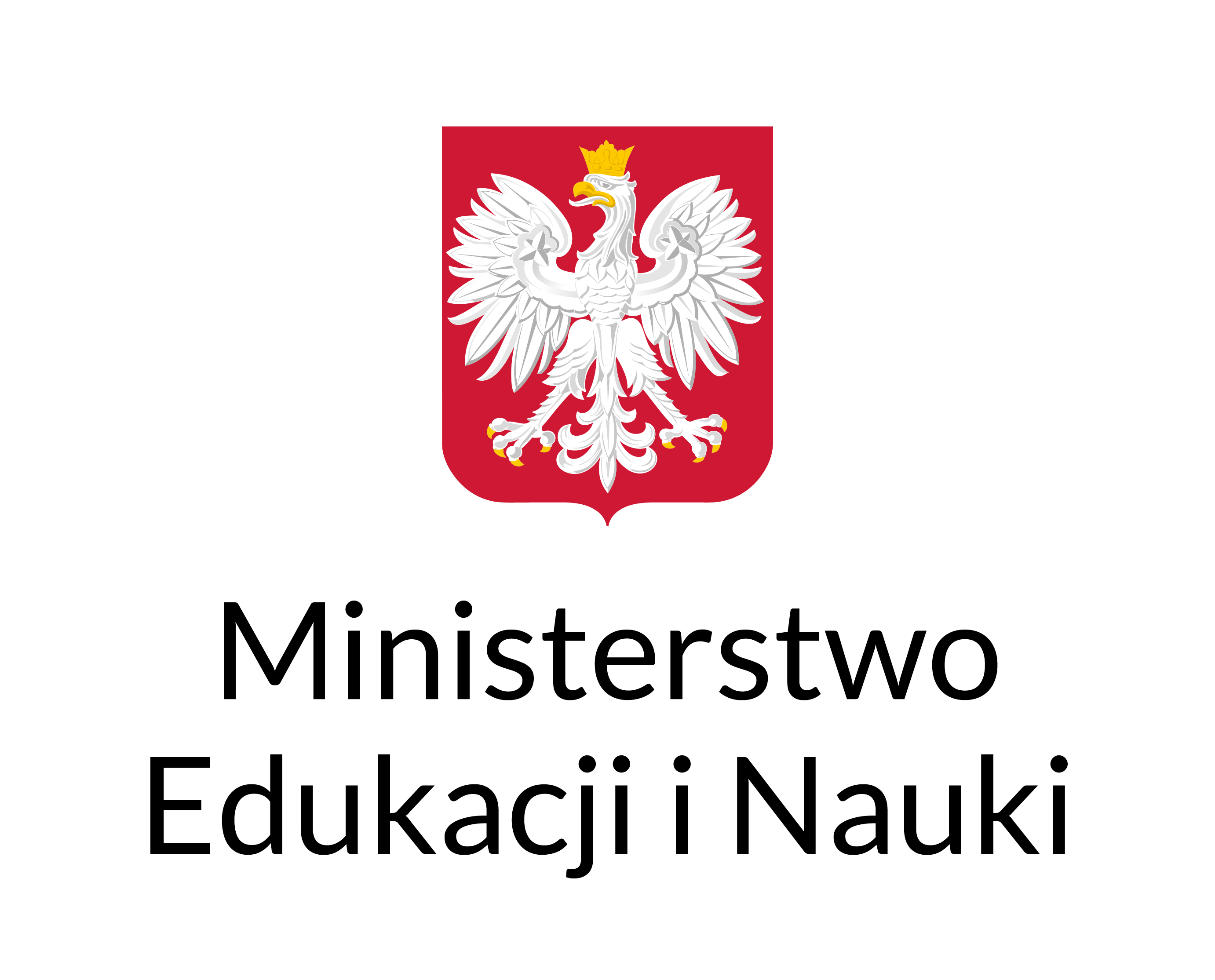The Prohibition of Torture and its Implications in the European Legal Sphere
Abstract
The prohibition of torture as a human right is part of the ius cogens system of international law. Prohibition is derived from the necessity of maintaining the physical and mental integrity of persons, which is embedded in humanity itself. The following article analyses the prohibition of torture in the European human rights framework. The study analyses the universal United Nations Convention against torture, legislative framework of the Council of Europe with its European Convention on Human Rights, and framework established by the European Union, respectively.
References
Buergenthal, T. (2001) Nemzetközi emberi jogok. Budapest: Helikon.
Burchard, Ch. (2008) ‘Torture in the Jurisprudence of the Ad Hoc Tribunals: A Critical Assessment’, Journal of International Criminal Justice, 6(2), pp. 159–182; https://doi.org/10.1093/jicj/mqn013.
Burgers, H. J., Danelius, H. (1988) The United Nations Convention Against Torture: A Handbook on the Convention Against Torture and Other Cruel, Inhuman or Degrading Treatment or Punishment. Dordrecht, Boston, London: Martinus Nijhoff Publishers; https://doi.org/10.1163/9789004478305.
Čentéš, J., Beleš, A. (2021) ‘Európske aspekty práva na účinné vyšetrovanie v súvislosti s porušeniami zákazu mučenia a práva na život’ in Efektívnosť prípravného konania – skúmanie, hodnotenie, kritéria a vplyv legislatívnych zmien. Akadémia Policajného zboru. 4.12. 2021 [Online]. Available at: https://tinyurl.com/mry5f7e8 (Accessed: 3 November 2023).
Coccia, M. (1990) ‘Forum: The GDR Declaration on the Un Convention against Torture. A Controversial Declaration on the U.N. Convention Against Torture’, European Journal of International Law, 1(1), pp. 314–327; https://doi.org/10.1093/oxfordjournals.ejil.a035775.
Cullen, A. (2003) ‘Defining Torture in International Law: A Critique of the Concept Employed by the European Court of Human Rights’, California Western International Law Journal, 34(1), pp. 29–46.
Derckx, V., Toebes, B., Hallo de Wolf, A. (2013) Implementing the Torture Convention: protecting human dignity and integrity in healthcare. Groningen: SN.
Evans, M. D. (2002) ‘Getting to Grips with Torture’, The International and Comparative Law Quarterly, 51(2), pp. 365–383; https://doi.org/10.1093/iclq/51.2.365.
Evans, M. D., Haenni-Dale, C. (2004) ‘Preventing Torture? The Development of the Optional Protocol to the UN Convention Against Torture’, Human Rights Law Review, 4(1), pp. 19–55; https://doi.org/10.1093/hrlr/4.1.19.
Kotzur, M. (2015) ‘Article 83 (Criminal offences with a cross-border dimension) TFEU’ in Geiger, R., Khan, D-E. (eds.) European Union Treaties, Treaty on European Union, Treaty on the Functioning of the European Union. Charter of Fundamental Rights of the European Union. München: C.H. Beck, pp. 447–450.
Kovács, L., Sánta, F. (2010) ‘A kínzás bűntette a nemzetközi büntetőjogban’, Miskolci Jogi Szemle, 5(2), pp. 12–30.
Langbein, J. H. (2004) ‘The Legal History of Torture’ in Levinson, S. (ed.) Torture: A Collection. Oxford: Oxford University Press, pp. 93–105; https://doi.org/10.1093/oso/9780195172898.003.0005.
Lillich, R. B. (1992) ‘The Soering Case’, The American Journal of International Law, 85(1), pp. 128–149; https://doi.org/10.1017/S0002930000011398.
McGlynn, C. (2009) ‘Rape, Torture and the European Convention on Human Rights: Expanding the Boundaries’, International and Comparative Law Quarterly, 58(3), pp. 565–595; https://doi.org/10.1017/S0020589309001195.
Morgades-Gil, S. (2015) ‘The Discretion of States in the Dublin III System for Determining Responsibility for Examining Application for Asylum. What Remain of the Sovereignty and Humanitarian Clauses After the Interpretation of the ECtHR and the CJEU?’, International Journal of Refugee Law, 27(3), pp. 433–456; https://doi.org/10.1093/ijrl/eev034.
Nuhija, B., Memeti, A. (2013) ‘The Concept of Erga Omnes Obligations in International Law’, New Balkan Politics, 2013/14, pp. 31–47.
Picchi, M. (2017) ‘Prohibition of Torture and other Cruel, Inhuman or Degrading Treatment or Punishment: some remarks on the operative solutions at the European level and their effects on the Member states. The case of Italy’, Criminal Law Forum, 2017/28, pp. 749–776; https://doi.org/10.1007/s10609-017-9306-y.
Savnidze, E. (2014) Effective Investigation of Ill-treatment: Guidelines on European standards. 2nd edn. Council of Europe Publishing.
Sonnevend, P., Bodnár, E. (2021) Az Emberi Jogok Európai Egyezményének kommentárja. Budapest: HVG-Orac.
Yiallourou, S. (2019) The Gafgen v Germany case, the European Court of Human Rights and the Probihition of Torture and Inhuman or Degrading Treatment or Punishment [Online]. Available at: https://www.academia.edu/7977649/The_Gafgen_v_Germany_case_the_European_Court_of_Human_Rights_and_the_Prohibition_of_Torture_and_Inhuman_or_Degrading_Treatment_or_Punishment. 2011 (Accessed: 9 November 2022).
Committee Against Torture and other Cruel, Inhuman and Degrading Treatment or Punishment (2007) General Comment on the implementation of the Art. 2. by State parties. No. 2. 2007.
Committee Against Torture and other Cruel, Inhuman and Degrading Treatment or Punishment (1997) Implementation of article 3 of the Convention in the context of article 22. No. 1. 1997.
Guidelines on EU Policy Towards Third Countries on Torture and Other Cruel, Inhuman or Degrading Treatment or Punishment – 2019 Revision of the Guidelines. N. 10842/19. 2019.
Reports from the Commission of 23 February 2005 [COM(2005) 63 final] and 24 January 2006 [COM(2006) 8 final] on the European arrest warrant and the surrender procedures between Member States.
United Nations Committee against Torture (2002) Fact Sheet No. 04 (Rev. 1): Combating Torture. 1 May 2002.
Office of the United Nations High Commissioner for Human Rights (OHCHR) (2011) Interpretation of Torture in the Light of the Practice and jurisprudence of International Bodies. https://www.ohchr.org/sites/default/files/Documents/Issues/Torture/UNVFVT/Interpretation_torture_2011_EN.pdf
Copyright (c) 2023 Central European Academic Publishing

This work is licensed under a Creative Commons Attribution-NoDerivatives 4.0 International License.












